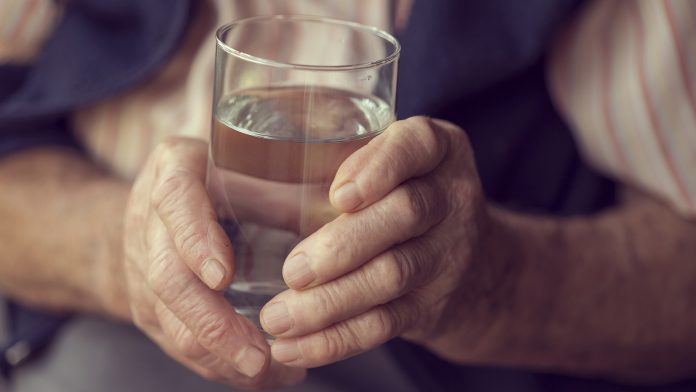
A new study by the University of Manchester has found three types of neurostimulation that could help people with dysphagia.
Dysphagia is the medical term for swallowing difficulties, and it affects individuals in various ways. Some people with this condition cannot swallow certain foods or liquids, and others cannot swallow at all. Current treatments include speech therapy, tube feeding and changing the consistency of foods; however, neurostimulation could be an effective therapeutic option.
In a review of 174 animal and human studies, three types of neurostimulation have shown that they could effectively treat people who have difficulty swallowing caused by a stroke or other neurological diseases.
The journal was published in the Journal of Neurological Sciences.
What is neurostimulation?
Neurostimulation is the purposeful modulation of the nervous system’s activity. This technique will be invasive, for example, microelectrodes, or non-invasive such as transcranial magnetic stimulation.
It has been used for individuals who are severely paralysed, sense organ loss, and experience chronic pain or high-dose opioid therapy such as spinal cord injury.
Can this technique help dysphagia?
Dr Ivy Cheng, a University of Manchester research associate who had reviewed evidence from over 30 randomised controlled trials, said there is unfortunately only limited evidence to support the efficacy of traditional swallowing therapy used by speech therapists for dysphagia.
The researchers analysed three neurostimulation approaches:
• Pharyngeal electrical stimulation (PES): This involves the insertion of electrodes through the nose or mouth, which delivers a constant, low current to the pharynx, which is an important muscle for the swallowing motion. This stimulation has been shown to increase activity in the brain areas that control swallowing.
• Repetitive Transcranial Magnetic Stimulation (rTMS): This technique applies pulsing magnetic fields via a coil that is placed on the scalp to directly excite the underlying brain areas involved in swallowing.
• Transcranial Direct Current Stimulation (tDCS): This neurostimulation approach uses a direct electric current to stimulate the brain directly, but the pads are placed over the scalp in a certain orientation, which has both anodal and cathodal configurations.
Dr Cheng’s review found all three neurostimulation treatments showed treatment potential for patients with dysphagia caused by stroke and other neurological causes and were tolerable without serious adverse effects. The review discovered variability in responsiveness to the treatment hindered its translation into clinical practice, and there remains no solid evidence indicating how long these treatment effects may last in the medium to long term.
“Dysphagia is a condition which makes the everyday act of eating or drinking tortuous for patients,” said Dr Cheng.
“This review shows neurostimulation has a great deal of potential, but we need long-term studies to assess the best protocols for using neurostimulation in treating dysphagia.
“Which is why the news of a large clinical trial of pharyngeal electrical stimulation for post-stroke dysphagia, which is running from 2021 to 2025 involving 50 sites over 4 countries, including the UK, is so exciting.”
Previously, scientists believed that dysphagia was caused by problems in the brain stem alone but more recent work revealed that it is also linked to problems in the cerebral cortex. It is possible that when someone suffers from brain damage caused by stroke, Parkinson’s, or other conditions, the part which controls swallowing might be damaged.
The evidence reviewed by Dr Cheng has shown that other parts of the brain can grow to compensate for the damaged areas, known as neuroplasticity. Neurostimulation has shown that it can help promote this reorganisation.









